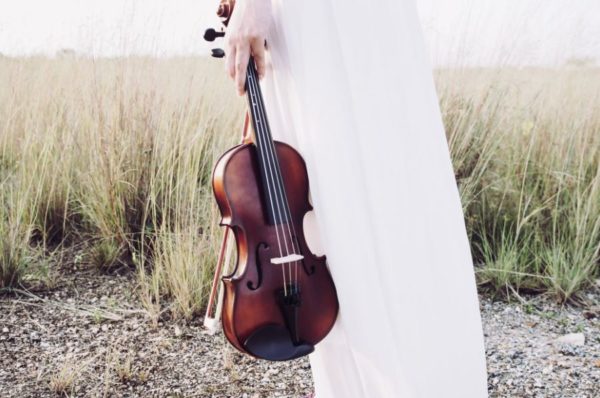Who can forget the violin frenzy of the Kreutzer-sonata? Or the heart warming tunes of the Spring-sonata? Our composer B., had a special bond with both the instrument and the new generation of violinists he met in Vienna. With this article we start a journey to discover it all!
Although Beethoven was primarily trained as a pianist and later became the composer-pianist, he had intimate relationship with the violin. Not only that, but he had good friendships with violin players all his life. He himself learned to play this instrument in his childhood and occasionally played the viola in the Bonn court orchestra. Based on contemporary accounts, he was a forgettable player…
|Related: What instruments did Beethoven play?
The piano and obligato (indispensable, fixed) violin cooperating in one composition was widely known in Europe by the end of the eighteenth century. Also, in Beethoven’s hometown, Bonn, there were Europe-wide famous violin players. Both Lucchesi and Neefe at the court had composed violin sonatas, with which young Beethoven must have been familiar. Mozart, another great influence on the young boy, is clearly visible in his piano quartets WoO 36, which is based on Mozart’s violin sonata K379, K380 and K296. Later, Beethoven completed his WoO 40, which is twelve variations on Mozart’s “se vuol ballare” – an aria for baritone (or bass) from The Marriage of Figaro. This work was published in Vienna in 1793, after the encouragement of his friends.
Upon moving to Vienna, Beethoven had the chance to meet not only the best, but also a wider range of violin players and techniques. First to mention here is Ignaz Schuppanzigh, who became not only a lifetime collaborator with Beethoven, but a very dear friend, too. Another one, Rodolphe Kreutzer, the french virtuoso, who became immortal by the Kreutzer-sonata dedication – although he (probably) never played it (op.47). The new virtuoso generation was constantly expanding the limits of this instrument and the genre, finding new techniques – just as young Beethoven was.
His first public appearance in the kind – after WoO 40 – is the op.12 violin sonatas (dedicated to Salieri), with three compositions under this work number. A rather short, but intense exploration with the violin sonatas, altogether resulted in 10 compositions. Apart from one, the last (op. 96), all were written between 1798 and 1803, when Beethoven was still a young man (age 28-33). This energy of the youth is the very DNA of these sonatas, full with passion.
Most of the time attention falls on the well known symphonies, the groundbreaking piano sonatas and to the genius of late works in string quartets. The Popular Beethoven Magazine will not make this mistake and the due attention and time will be devoted to these magnificent works of the great Master.





